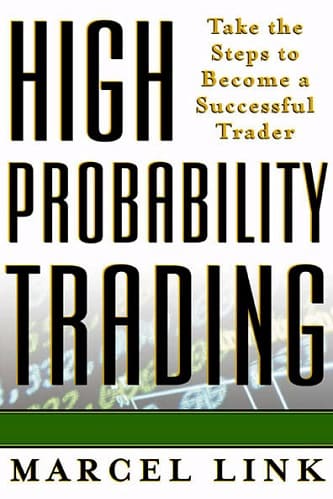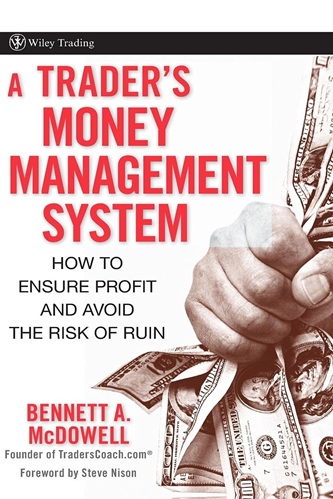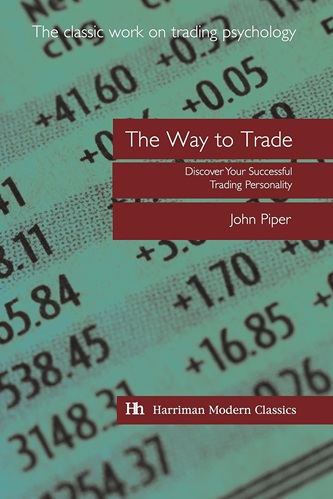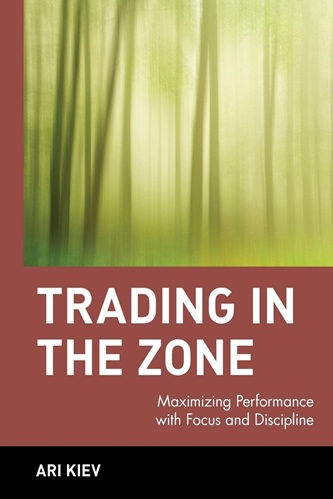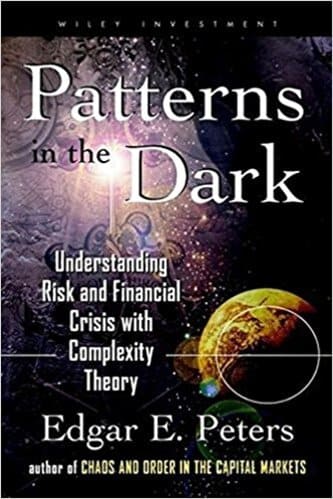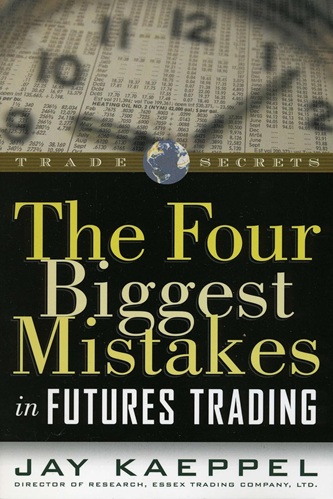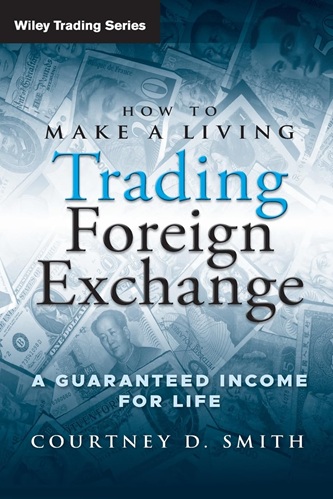High Probability Trading : Take The Steps To Become A Successful Trader
$15.81
| Author(s) | |
|---|---|
| Format |
|
| Pages |
415 |
| Publication Year |
2003 |
High Probability Trading will walk the reader through what Marcel Link believes to be the most important aspects of being a successful trader. The book runs through most aspects of trading, starting with the building blocks every trader needs to succeed and ending with discipline and the emotional factors traders face. In between, there is a thorough discussion on technical and fundamental analysis, on making and using a game plan, a trading plan, and a risk management plan, and on how to write and backtest a system. It will help readers learn to trade with the odds in their favor while avoiding the proven losing situations.
Author’s Introduction:
I define high probability trading as trades with a low risk/reward ratio that are backtested to have a positive expectancy with prede-termined money management parameters. The best traders always trade when the odds are in their favor, not just because the market is open. They trade for a reason: to make money, not to amuse themselves. For the most part high probability trades are made only in the direction of the major trend. If the market is uptrending, a trader will wait for a dip and test some support level before entering. Dips are just waves in a trend, and though shorting them can be profitable, these are low-percentage trades and should be avoided. High probability traders know how to cut their losses and let their good trades run. You cannot come out ahead of the game if you lose $500 when you lose and make only$200 on the good trades because you are too eager to take a profit. As important as letting profits ride is knowing when to take a profit. Many bad traders let winning trades dwindle into losers because they don’t know when to get out of a good trade or have no exit rules. Exiting a trade is even more important than making it, because that’s what determines whether you win or lose. If a trader randomly put on trades but knew how to exit them properly, he would probably be a winning trader.
Though going with the trend always offers the best success rate, trying to pick tops or bottoms can have a high degree of success if the right pattern is prevalent and the trader is quick to realize when he is wrong. When trying to pick the end of a trend, traders will be wrong often, and so they must be able to quickly accept the fact that they are wrong. When one is correct in picking a top or bottom, the reward can be substantial, so cumulatively these trades can have a high probability of success. It doesn’t matter what one’s trading style is: If a trader is disciplined and has a solid trading strategy and money management plan, he can make money.
To be a high probability trader one needs to have a trading plan. This includes trading strategies and, more important, knowing how to manage risk. This book will help a trader develop all the skills and tools needed to make a proper trading plan. As each person has a unique style, there is no perfect trading plan that will work for everyone. Each individual has to make a plan that best suits his trading and psychology. Once a plan is set up, most of the hard work has been done, yet many traders fail to spend the time to develop a plan and instead jump straight into trading.
Throughout this book I’ll give many personal examples, as well as examples involving traders I’ve known who are both good and bad traders. I’ve known traders who began terribly but were able to turn it around and many who just never learned. I’ll use these examples to help get my point across in stressing what to do and what not to do. I protect these peoples’ identities to keep from embarrassing some of them. I’m not too proud to say that I was a horrible trader, and I detail all my losing habits as well as those I’ve seen in others along the way. I always had a great sense of market direction, but there were too many other issues that kept me from succeeding. Once I was able to conquer those weaknesses, and learn to trade with the odds in my favor, my trading turned around.
My turn-around came mostly from watching both good and bad traders and starting to emulate the traits of the successful ones while avoiding anything I had in common with the bad ones. Getting better was also a result of analyzing my losing trades and trying to learn a lesson from them. Eventually it gets to be painful to lose; as with a child who must touch a hot oven once, pain can be a good teacher. One thing that helped me was sitting next to a guy who was just awful; he made the same mistakes over and over and over again. I was able to notice a few similarities I had with him and quickly decided that it was time to change them. Watching him trade helped me get a clearer picture of my mistakes.
Contents:
- The Tuition of Trading
- Setting Realistic Goals
- Leveling the Playing Field
- Trading the News
- Increasing Your Chances with Multiple Time Frames
- Trading with the Trend
- Using Oscillators
- Breakouts and Reversals
- Exits and Stops
- Making the High Probability Trades
- The Trading Plan and Game Plan
- System Trading
- A Little about Backtesting
- Employing a Money Management Plan
- Setting Risk Parameters and Making a Money Management Plan
- Discipline: The Key to Success
- The Dangers of Overtrading
- The Inner Side of Trading: Keeping a Clear Mind
High Probability Trading : Take The Steps To Become A Successful Trader By Marcel Link pdf

